Craft in Style Subscription Instructions, DIY
Everything You Need to Know about Essential Oil Blending
At Pop Shop America, we use essential oils a lot. You can find them in this diy floral smudge candle tutorial and they are included in these floral bath soaks here. Essential oils are used across a wide variety of crafts – candles, bath soaks, food and drink, hair serums, beard oils, and more.
We often include essential oils in our Craft in Style Subscription Box! That’s our subscription box full of new craft supplies each month so you can make different stylish projects.
So let’s cover all the basics on how to use, blend, store, and everything else you may need to do with essential oils.
First of all, if you want to cut straight to essential oil blending recipes check out our blog here. This blog has over 15 unique recipes for essential oil combinations. But before we look at these recipes too thoroughly, let’s discuss why these recipes work – aka the molecular properties of oils.
Any scent, including fragrances and essential oils will be grouped into a scent range called a top note, middle note or base note. Here’s some information on notes.

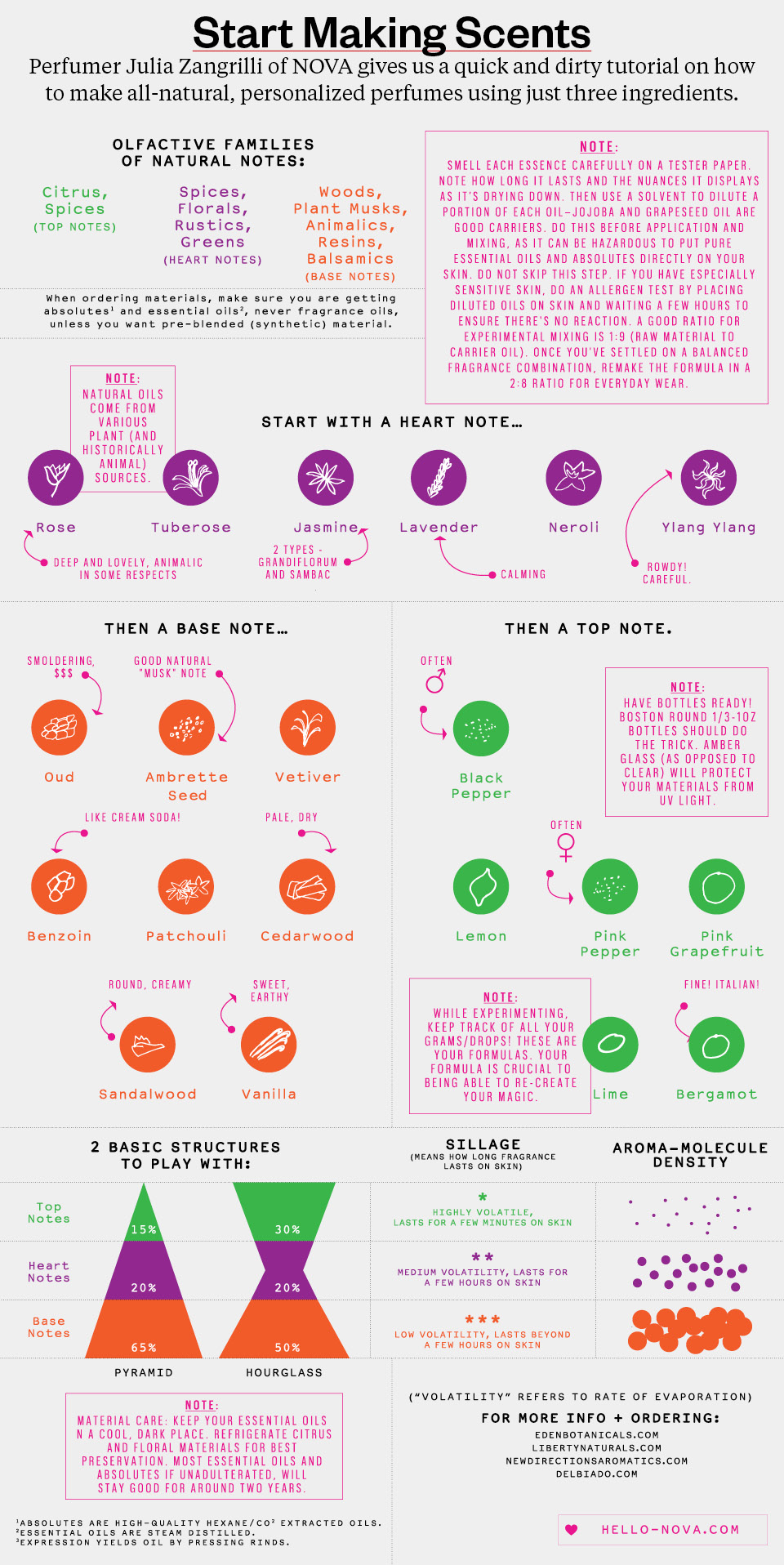
Top Notes: Light and citrusy. Top notes have the smallest molecules. They will hit your scent palette first and also fade the fastest. The scent will only remain for a few minutes on the skin.
Middle Notes: Florals and Herbs. These scents will last for a few hours on the skin. Middle notes are also called heart notes and most perfumes and essential oil blends begin with the middle notes.
Base Notes: Woods & Musks. Base notes have the largest molecules and the scent lives for many hours on the skin. The molecules have low volatility.
Making the perfect blend is about finding essential oils that fit together and adding the right amount of each to create a gorgeous and complex scent. There are several different scent blending measurements in the chart above to get started. But this can also be a creative decision – it doesn’t need to follow any specific rules.
Now let’s get into the boring stuff.
Types of Essential Oils
The quality of essential oils can vary a lot! There are brands like Doterra and Young Living which are quite high end. It’s a better quality product that will require less drops for any recipe. Both of those brands are also Food Grade, meaning that they can be ingested. There is a lesser grade, body care grade. When you buy your own essential oils it’s important to know which one you are getting.
Food grade essential oils can be used to flavor food and many people take them for medicinal reasons. Of course, you should always watch out for fragrance oils. Fragrance oils are synthetic and not the same thing as essential oils.

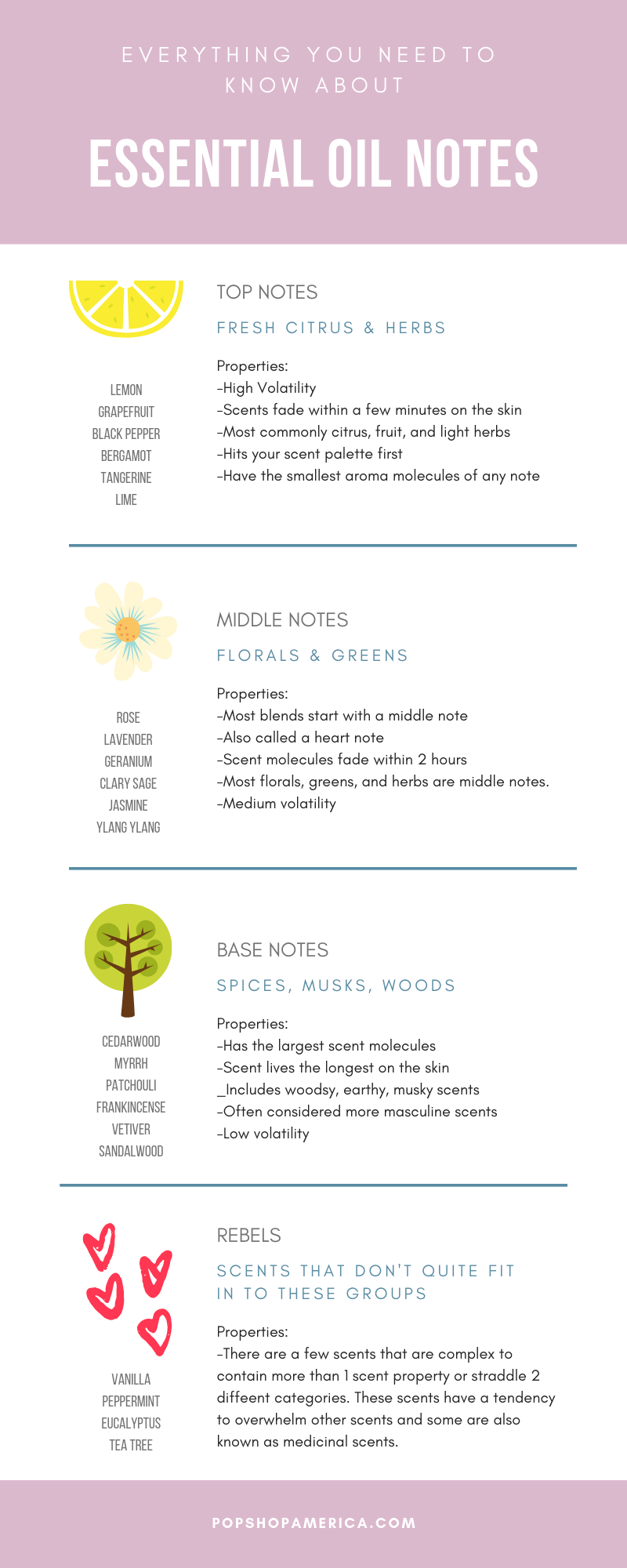
How to Store Essential Oils
Essential oils should always be stored with a lid in a temperate environment. They should never be stored in direct sunlight. Most essential oils once opened will be good for around 1 year.
How to Use Essential Oils
To apply essential oils, don’t shake the bottles! Use a dropper or hold the bottle upside down and allow the liquid to drop on it’s own. Shaking the bottle will put the essential oils everywhere but where you are aiming. When using essential oils directly on the skin, use a carrier oil like almond oil or avocado oil. Essential oils should never be placed directly on the skin because they are highly concentrated and absorbable through the skin.
When blending essential oils, use recipes or make up your own! It’s such a fun way to get creative. And if you need even more ideas about how to work with essential oils – look below.
Let’s Stay Friends!
Insta | Pinterest | Enews | TikTok

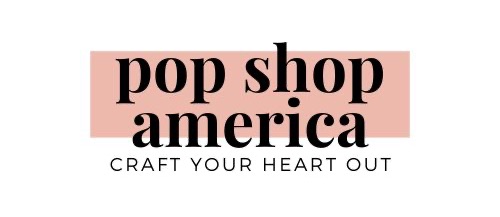
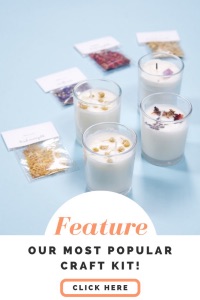

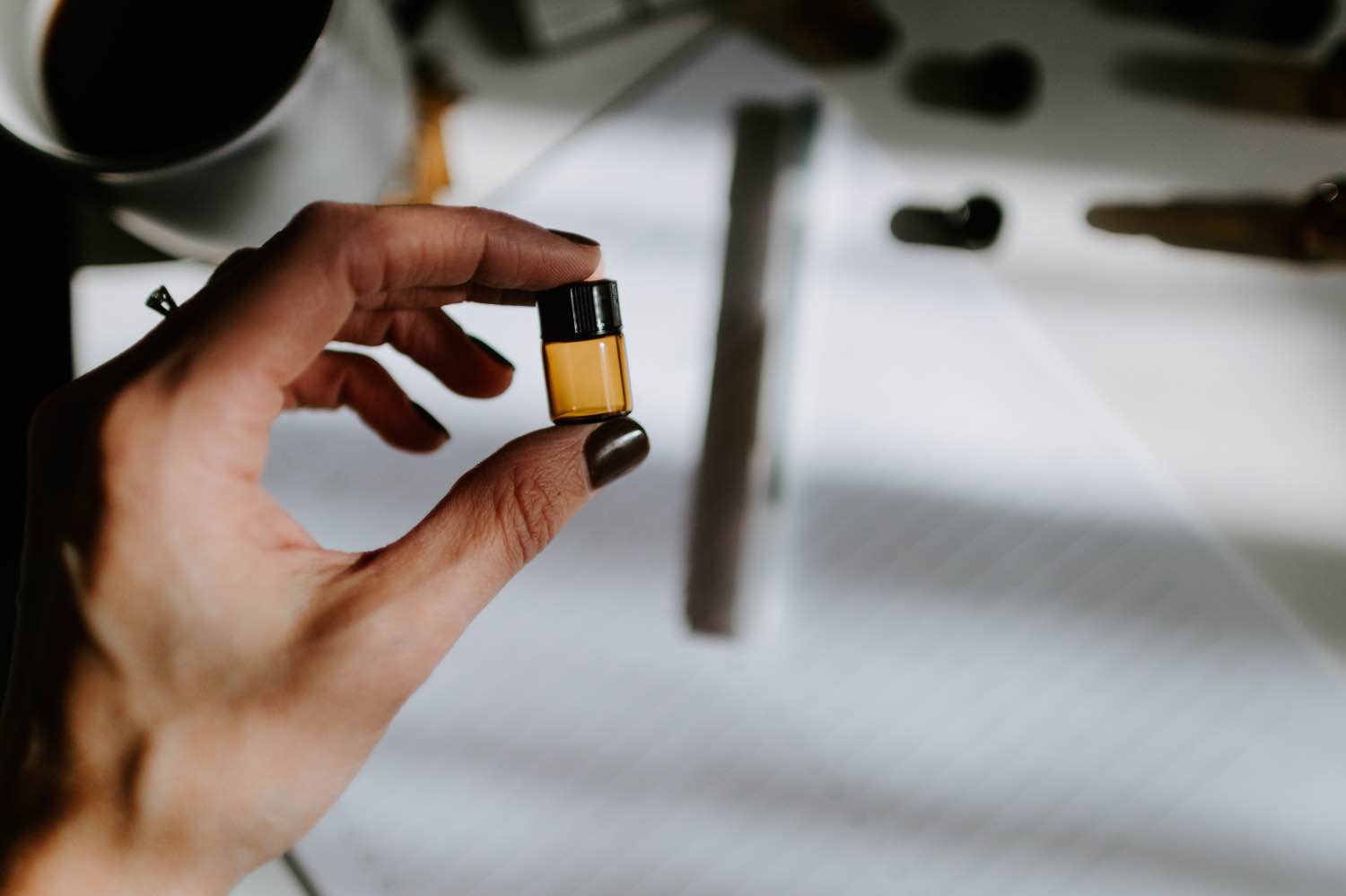
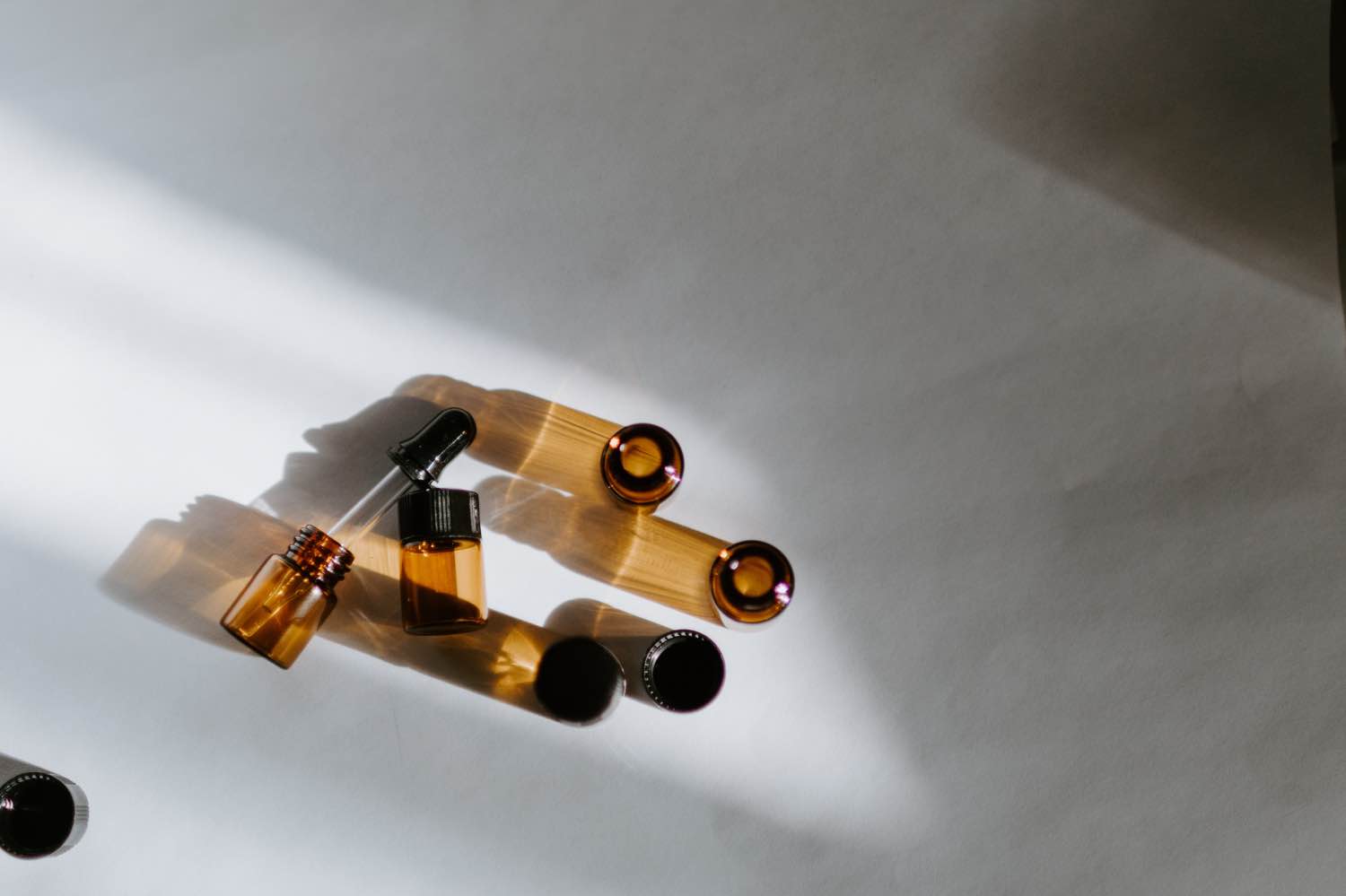
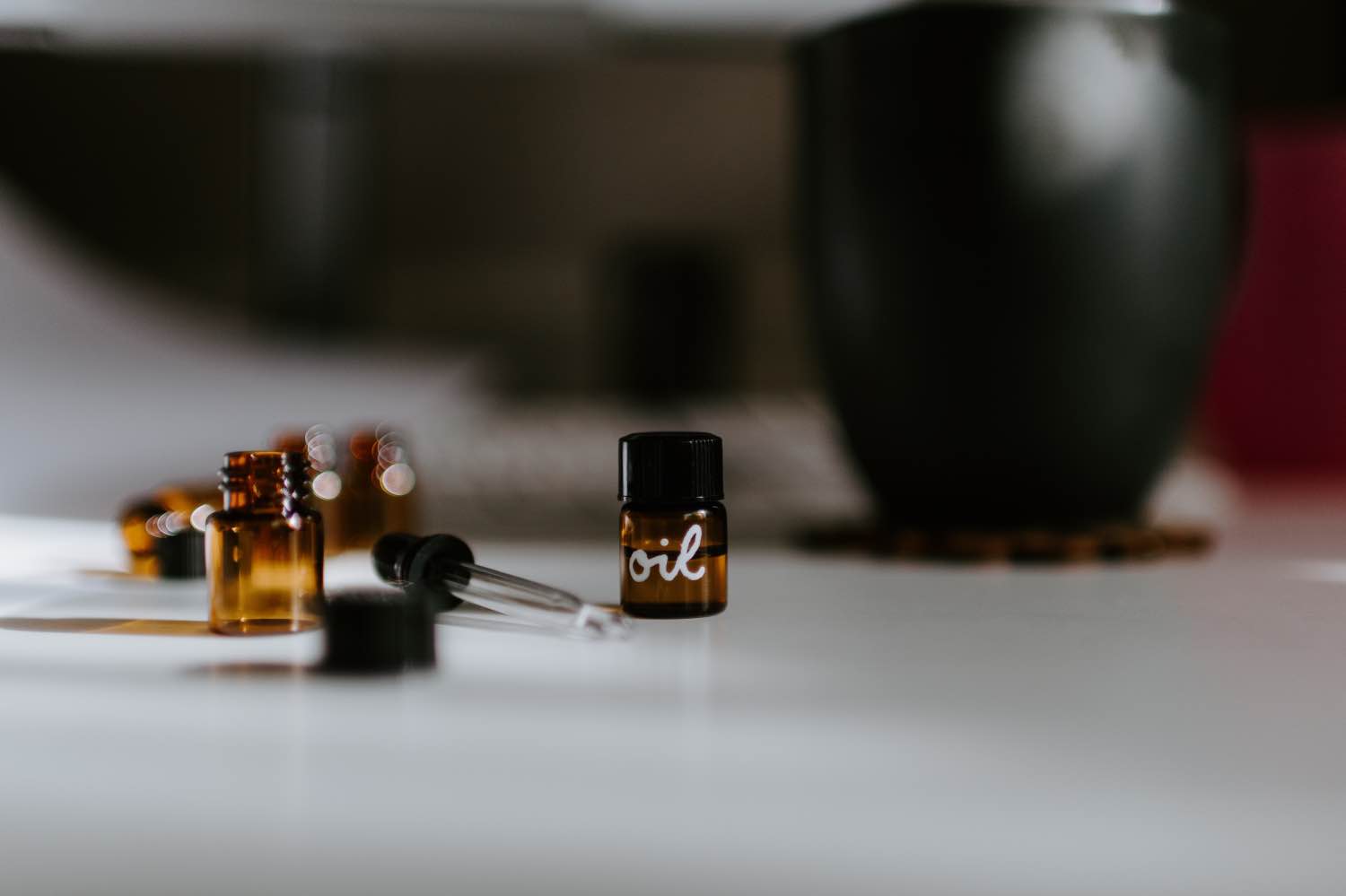
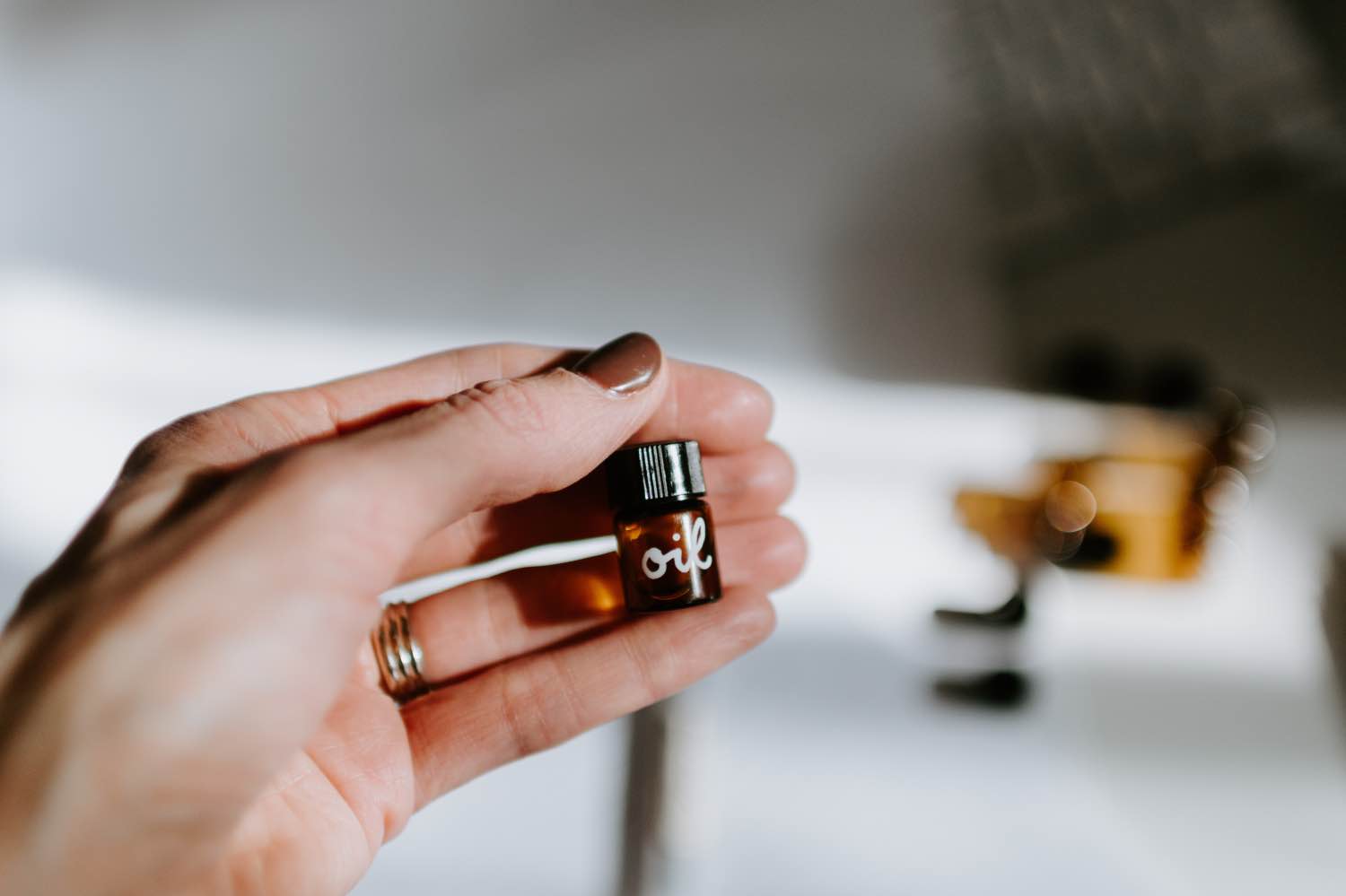
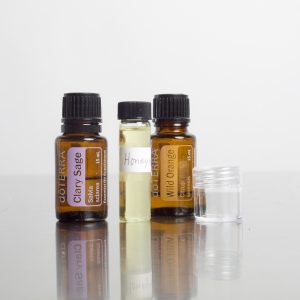
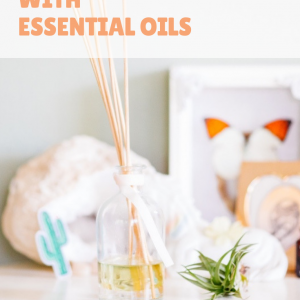
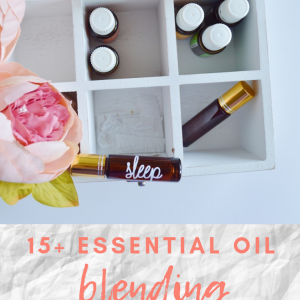
Hi Brittany,
Thank you for the information – It is very useful.